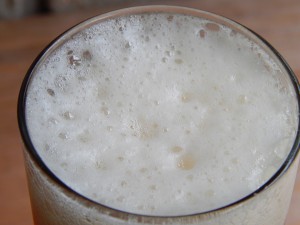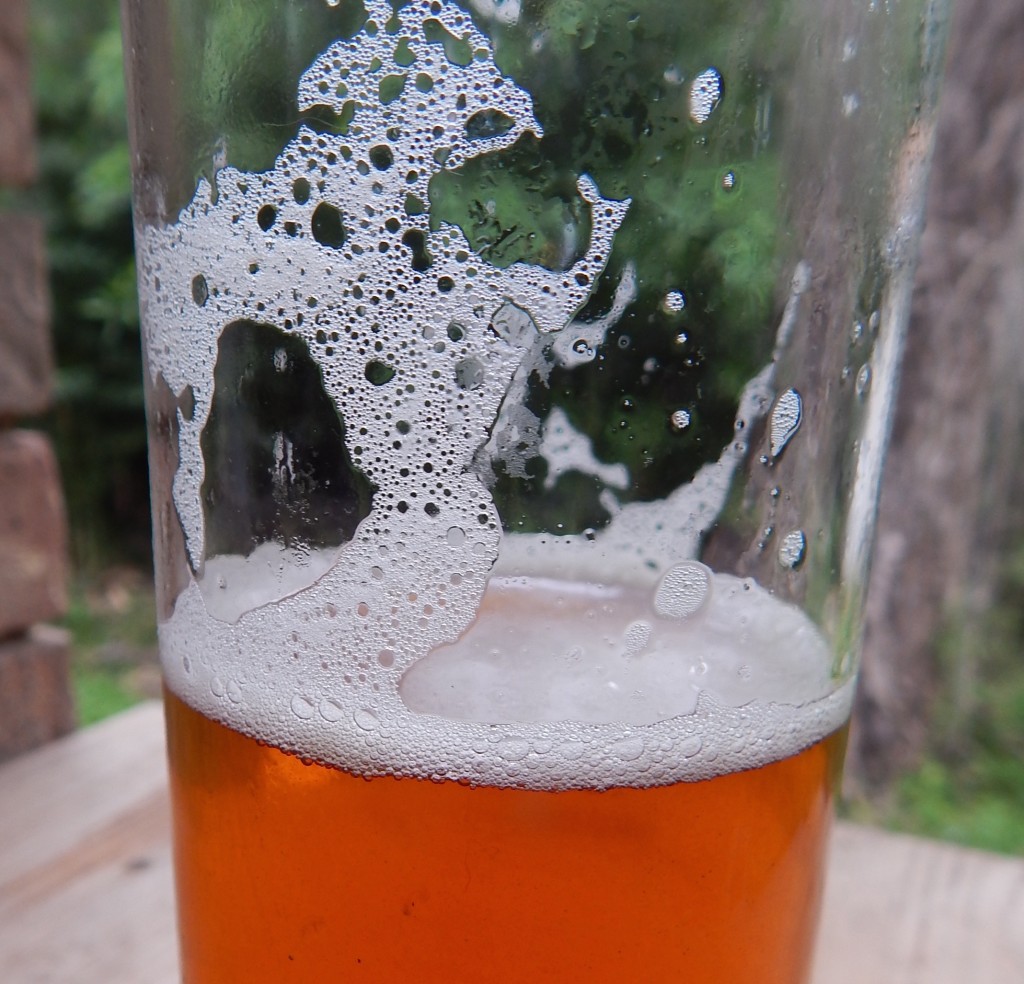 Most of the time, brewers give comparatively little thought to foam. We brew our beers and foam appears on top of them. There is no single ingredient or procedure that creates foam, it simply emerges when a beer is brewed properly. However, there are things you can do when brewing that affect foam production and stability. It pays to understand these things, especially if your foam isn’t always what it should be. [Read more…]
Most of the time, brewers give comparatively little thought to foam. We brew our beers and foam appears on top of them. There is no single ingredient or procedure that creates foam, it simply emerges when a beer is brewed properly. However, there are things you can do when brewing that affect foam production and stability. It pays to understand these things, especially if your foam isn’t always what it should be. [Read more…]
Beer Foam (Part 5: Brewing Considerations)
Beer Foam (Part 3: Foam Positive Elements)
 Now that we have an idea about what foam is and how it forms in general, let’s look at some of the specifics of beer foam. A great place to start would be to analyze beer foam to see what it is composed of, and this is something brewing scientists did long ago. They skimmed beer foam, collapsed all the bubbles until it was a liquid again, and determined and ran tests to determine its composition. [Read more…]
Now that we have an idea about what foam is and how it forms in general, let’s look at some of the specifics of beer foam. A great place to start would be to analyze beer foam to see what it is composed of, and this is something brewing scientists did long ago. They skimmed beer foam, collapsed all the bubbles until it was a liquid again, and determined and ran tests to determine its composition. [Read more…]
Beer Foam (Part 2: Collapse)
Beer Foam (Part 1: General)
At the 2016 New Zealand Homebrew Conference, I gave a talk on beer foam. Here’s that material, reworked into an article.
Why would anyone give a talk (or write about) beer foam? Besides the fact that I find foam interesting, there are a couple reasons. When we are served a beer, our first impression is visual — we notice the color, clarity, and the character of the foam in the glass. Secondly, and more importantly, good foam is a partial indicator of beer quality. As we will see, a number of things need to go correctly to get a nice foam stand. So, the presence of nice foam indicates the brewer has (at a minimum) taken sufficient care with his or her process to produce that foam.



Recent Comments